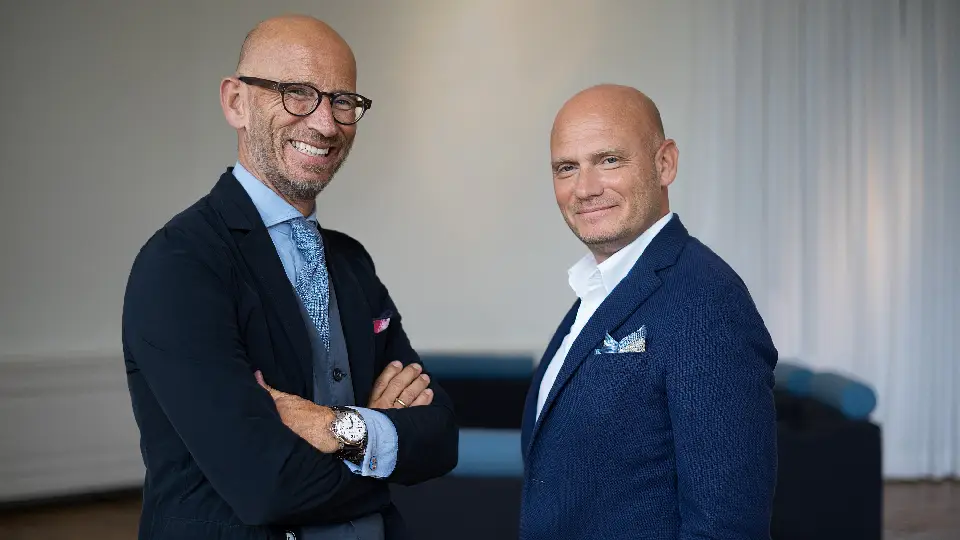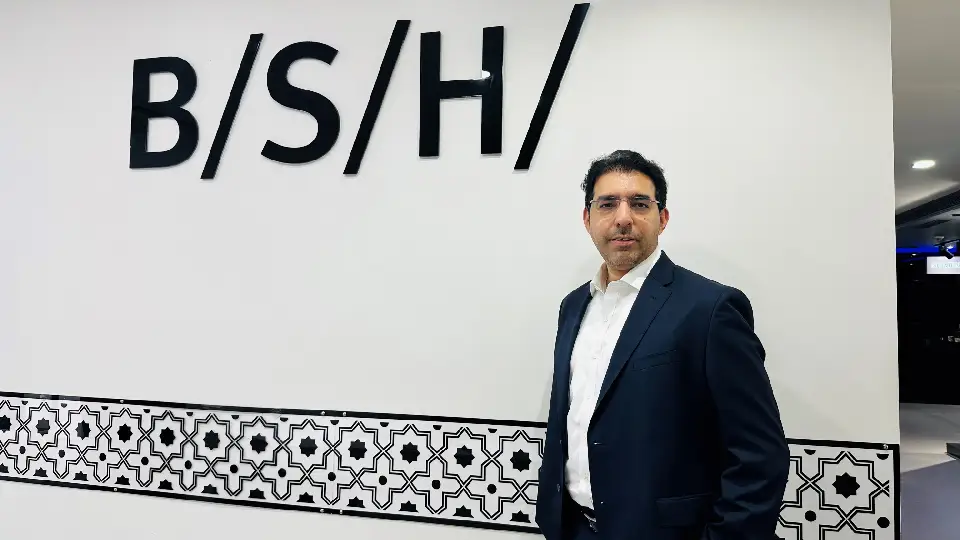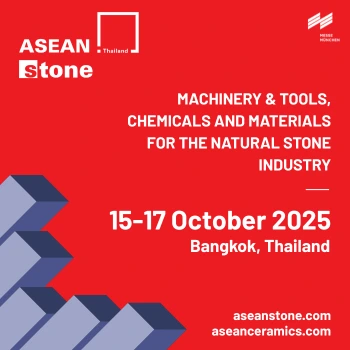
The Indian building materials industry has witnessed many individuals who have dedicated their entire professional life to one industry – an industry of their interest and training. Mr.Gulshan Aghi is one such professional. With close to four decades of experience in the Indian lighting industry, he has held senior positions at lighting companies like Bajaj, Surya and Trilux, in addition to his roles in the industry bodies like IEEMA and ISLE. Buildingandinteriors.com talks to Mr.Gushan Aghi on a range of issues including the various facets of the Indian lighting industry, the market and the ingredients that make lighting companies successful.
B&I: You have had a long experience in the Indian lighting industry. How do you see the industry’s evolution in India over the last 3 decades?
GA: The Indian lighting industry has made very impressive strides over the last three decades. The industry stood at a mere Rs. 1,000 crores in 1991 and today, in 2020, is beyond Rs. 37,600 crores. The industry has not only seen a volume increase but also a proliferation of products to fulfil every lighting requirement of the consumer in India.
LED lights have emerged as a powerful source for lighting over the past several years. Due to their numerous advantages over conventional lighting technology, they have swiftly gained prominence in the Indian lighting market.
India, being the second most populous country in the world and fifth major electricity consumer, has been experiencing an ever-widening demand-supply gap in electricity. Consequently, the market for energy-efficient products such as LED lights, is bound to grow. It is being felt that the moderately-growing lighting industry will now move at a faster pace, as the Government is encouraging the use of LED lights in a big way. Other drivers are the Smart Cities projects and the increasing demand for a smart, connected lifestyle and energy-efficiency measures.
LED lighting market in India has registered a CAGR of over 30 per cent during 2016-2020. This leap has resulted in the LED market accounting for about 80-85 per cent of India’s total lighting in 2020.
The key factors that are expected to boost the market include falling LED prices coupled with favourable Government initiatives that provide LED lights at a subsidised cost and promote LED street lighting projects. Moreover, rising consumer awareness about the cost-effectiveness, enhanced life, better efficiency and inherent eco-friendly nature of LED lights will continue to drive volume sales from the industrial, residential and commercial sectors.
B&I: What is the DNA of a successful lighting company in India? What do they get right, and what wrongs they avoid?
GA: Keeping pace with an ever evolving technology and constant research and development especially in areas of building automation, IOT and solar based products have been the success mantra of lighting players. Constant evolution along with maintaining affordability of these products has led to wide acceptance and success of players in the market.
In my opinion, proper heat sync management to improve on LED life, good quality tested LED chips and overall design of luminaires matching with all the requirements of lumen maintenance and compatibility of IOT products and sensors are the key factors to be considered. Compromise on product quality to lower costs is what needs to be avoided, as it results in loss of customer confidence, leading to the downfall of a company’s brand image.
Also Read: We Should Encourage The Use Of Natural Light In Modern Buildings: Prof.Warren Julian
B&I: What are the challenges you see that the lighting companies face in selling to projects?
GA: For any lighting company, the cost of adoption of new technologies in the initial stages serve as a major challenge. Return on Investment (RoI) is the major hinderance in the initial period. However, concept selling through awareness generation for decision makers like Architects, Consultants and End-customers via seminars, presentations, workshops, mock up demonstrations etc. results in wider acceptance and thus economies of scale in the long term.
B&I: What are the challenges on the specifier side?
GA: Targeting concept selling to the right decision makers is imperative. Not being able to capture and convince the right audience to create acceptance leads to failure of the best of the products/technologies.
B&I: Where do you see the Indian lighting market for projects headed? Some experts say that reliance on projects business for lighting suppliers is not profitable. Your take on that.
GA: Projects business is an ‘economical margin business’. However, it brings large volumes and hence good returns. Products which are accepted in large projects and get good reviews result in cost efficiencies for manufacturer and economies of scale.
Business through Energy Efficiency Services Limited (EESL) draws much lower pricing than the open market prices due to the scale which is much higher. Good volumes compensate for competitive pricing.
B&I: Maintenance is a big issue in lighting installations. What precautions can the specifiers take to reduce the maintenance concerns?
GA: Giving the contract package of supply, installation and maintenance to a single contractor, as done by EESL, is a better solution and the most optimum way to ensure good quality of products. Supply and maintenance under the ambit of a single contractor avoids installation of poor quality products. A consortium of lighting company, contractor and annual maintenance provider would be a better solution to overcome such difficulties.
B&I: How do you think the lighting market will change in the post-Covid19 scenario – point of sale, reliance on online, retail network, project business strategies?
GA: E-tendering for projects would gain more acceptance henceforth. E-business would be the way forward and gain more popularity for all industrial and commercial, retail lighting. Customers would look forward to getting products delivered at home/office location and sites.
Mr.Gulshan Aghi is Principal Consultant at Aghi & Associates. He can be reached on [email protected]


























